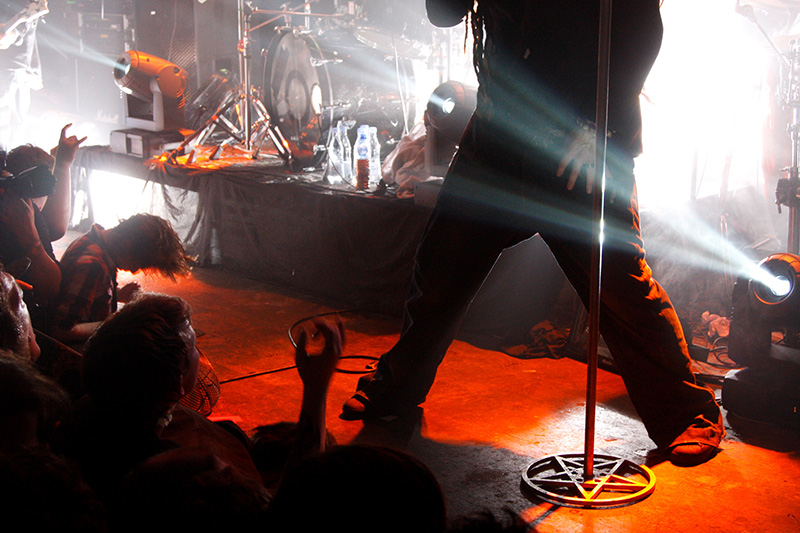As a live music photographer for the most part you get approximately 15 minutes between audience and the band to take some outstanding shots. And while at first look that limited time frame might seem like an obvious obstacle, that actually not really the case. Obstacles are to be found elsewhere.
So, the 15 minute time limit is enough?
Actually yes. It’s more than enough and while it’s debatable if the beginning of the show is the optimal for capturing the very feel and nature of the show, those 15 minutes are more than enough time to capture some astonishing shots.
How come? Well, think about it how many shots do you really need. You also need to be able to select the best shots and if other aspects are in order 10 minutes is plenty to can some amazing shots without even pressing that camera button hundreds of times.
That means that you can easily have some 5 minutes or an entire typical song to just stand there and enjoy the very experience of being place in that place between the audience and the band. The place where the energies of each side clash and create the magic that is one of most important aspects of live music experience.
On top of that if you place those 5 minutes or so somewhere in the middle of the short timeframe it will give you better feel and overview of the show, which you can take to your advantage and take some even better and more immersive shots.
If the limited time is not an issue in itself where are the obstacles?
The obstacles are actually many even thou they might not be directly connect with the 15-minute timeframe the timeframe does amplify them.
1: Space
Sometimes the space between the audience and the band is tiny or packed with other photographers which might make it harder to position yourself properly. However a decant dose of patience, plenty of respect and few tricks that you’ve picked up over the years will do the trick and you’ll get those much needed shots.
2: No space
At some shows the photographers’ pit is not existing which means that you need to find your way towards the stage through the crowd and the closer you get to the stage the less space you are likely to find. But if you are not shy of showing up in good time and have height and strength to hold your spot in the eye of the storm, you might just end up with some rather immersive live photos. The kind of photos which are hard to take when you are not part of the crowd but rather placed between the stage and the crowd.
3: Light
One of the crucial elements of photography is light and of course it also plays a massive role in live photography as well and while it’s not directly connected to the timeframe if the given artist starts their show with songs where the lightning is no appealing for the camera it might result in unwanted results. However, if peppered and observative you’ll be able to make the most out of the given situation. And if you’re skilled and bit sneaky you’ll even be able to make the poor lighting conditions work for you like in examples above.
4: (Unidentified) flying objects
Out there placed between the crowd and the stage you can from time to time expect to experience lying objects, crowd-surfing people landing on you and even artist jumping down to you, extruding different bodily fluids and waving the microphone like insane (Hello there Cedric Bixler-Zavala). What can you do to protect yourself? Well keep an eye on what’s happening around, but also if you are rather familiar with the artist and have attended their live performances before , you could even foresee some of the behaviour.
5: Taking a break
As mentioned in the beginning those short breaks are not only good for getting a good overview of the situation and ergo will most likely result in better pictures, but also they give a chance to experience and breath inn the unique situation of being there between the artist and the crowd. These experiences shouldn’t be undermined and even after photographing hundreds of shows, these moments can be very rewarding and maintain your hunger for live music photography. A hunger without which your shots might be professionally excecuted, but will lack that edge that makes them communicate the music.
























